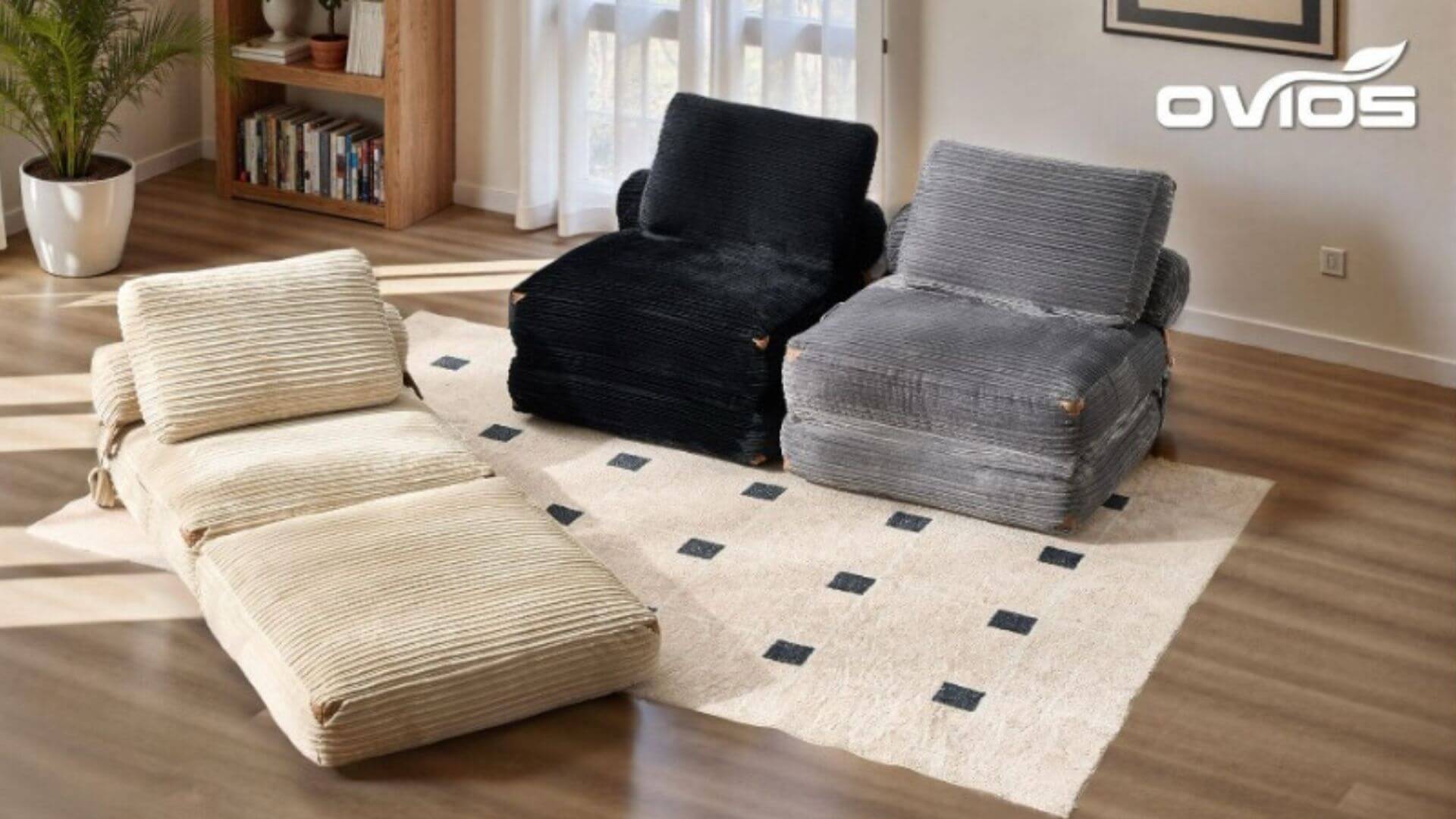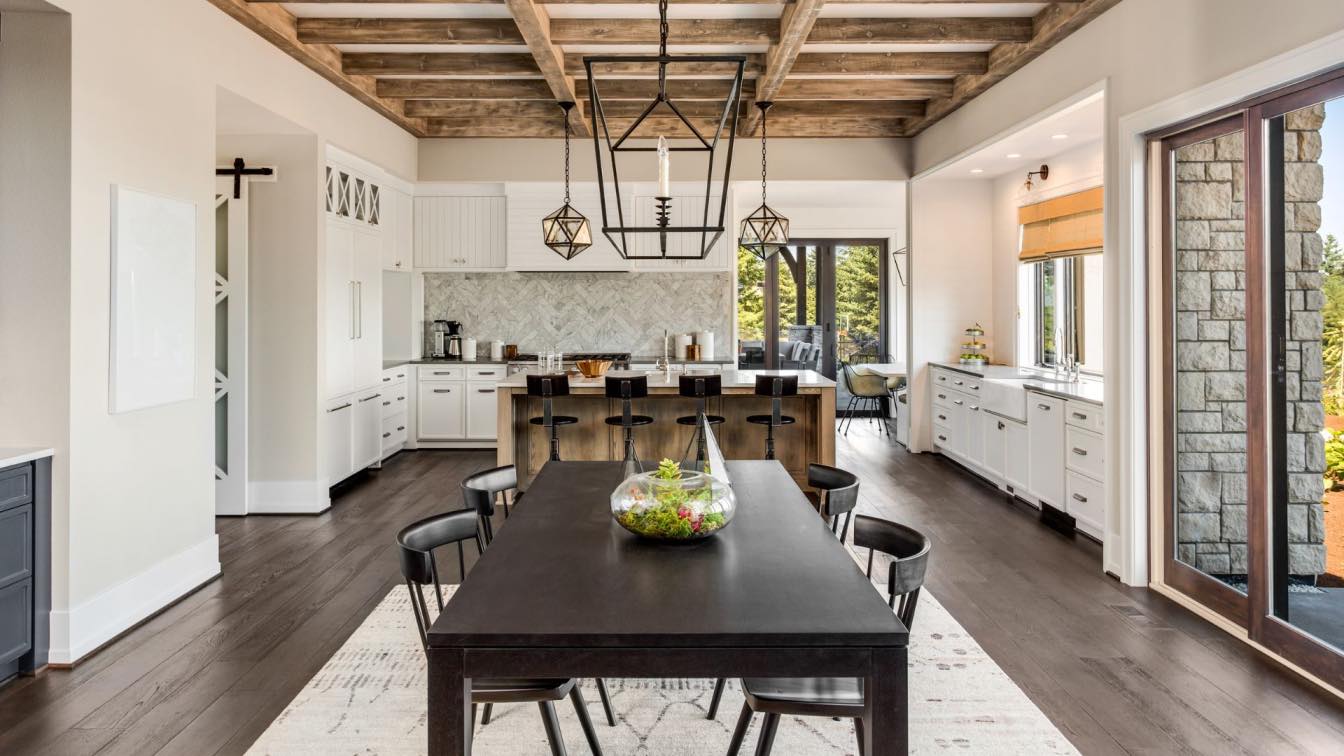Forget the days when homebuyers only cared about “how many beds and baths.” Today’s buyers are swiping right on homes that speak to their style just as much as their square footage. From sleek modern lines to cozy craftsman charm, architectural design is now at the heart of real estate discovery, and it’s reshaping how properties get noticed and loved.
In fact, a Zillow survey found that nearly 60% of buyers consider a home’s design and layout a key factor in their decision-making. It’s not just about living in a space, it’s about living a certain way.
So what’s driving this shift from specs to style? And how are real estate searches evolving to match? Let’s explore how design is quietly becoming the real MVP of property value.
1. Buyers Are Using Design Style as a Search Filter
The way people approach a real estate search today feels less like ticking boxes and more like curating a lifestyle. Instead of limiting their filters to square footage or school districts, buyers on platforms like Zillow and Rightmove are now selecting properties by architectural style, think mid-century modern, colonial revival, or industrial loft. This feature isn’t just a convenience; it’s a reflection of what matters most to today’s homebuyers.
For many, design has evolved beyond aesthetics, it's become a personal signature. Much like someone chooses a car or clothing brand that mirrors their taste, a home’s architecture is now an extension of identity. A first-time buyer might be drawn to the clean geometry of modern designs, while others may filter their real estate search to showcase only Tudor-style homes that reflect a more historic charm.
This move toward style-first searching highlights how design is shaping not just what we buy, but why we buy it.
2. Good Design Accelerates Selling Time and Boosts Value
A well-designed home doesn’t just stand out in photos, and it moves faster in the market. Properties with open layouts, ample natural light, high ceilings, and sustainable materials consistently draw more attention and command higher prices. It’s not just about visual appeal; these features enhance the day-to-day experience of living in the space, making the home feel more inviting and functional from the moment someone walks in.
Minimalist and functional architecture plays a particularly important role in urban settings. A compact home with smart storage, clean lines, and purposeful design can feel twice as large as a cluttered, poorly laid-out one. That kind of perception is powerful, and it shows up in the numbers. According to a Redfin analysis, homes with modern upgrades and efficient layouts spend 10 to 15 fewer days on the market compared to outdated listings in the same area.
Developers have taken notice. Design isn’t an afterthought anymore, and it’s a core strategy. With buyers prioritizing lifestyle and usability, investing in good architecture is no longer just about aesthetics; it's a smart move for ROI. A well-designed property doesn’t just look better, it performs better.
3. Virtual Design Tools Are Elevating Listings
In today’s digital-first market, the ability to visualize a space before stepping foot inside it can make or break a sale. Tools like 3D tours, virtual staging, and photorealistic architectural renderings have become essential, especially for off-plan properties or homes in need of renovation. These tech-forward features do more than showcase a layout, and they let buyers emotionally step into the space.
Take virtual staging, for example. Instead of blank rooms, buyers see a fully furnished space that reflects their lifestyle, whether that’s a sleek urban loft or a cozy suburban retreat. The emotional connection this creates often leads to faster decisions and stronger offers. In fact, a recent survey by the National Association of Realtors found that 82% of buyers say virtual tools help them picture themselves living in the home.
One buyer from San Diego even admitted choosing a fixer-upper based entirely on its 3D renderings. The virtual model helped them see the potential before the first coat of paint had even been applied. For sellers, that kind of imagination becomes leverage. Good visuals aren’t just eye candy, they’re conversion tools that turn interest into action.
4. Neighborhoods Are Being Reimagined Through Bold Design
It’s not just individual homes getting a design makeover; entire neighborhoods are being reshaped through architecture. Urban renewal projects across the U.S. are turning to bold, modern design to breathe new life into aging or overlooked areas. What was once considered “up-and-coming” is now sought-after, largely thanks to intentional architectural styling.
Design-led transformations often act as magnets for new demographics, young professionals, remote workers,and creatives, who are drawn to distinctive spaces that break from cookie-cutter conventions. This influx can increase foot traffic, drive small business growth, and ultimately raise property values. Think of it as design creating a ripple effect, where curb appeal spills out into the entire block.
A standout example is Detroit’s Brush Park. Once a blighted neighborhood, it has undergone a renaissance with a mix of restored historic homes and avant-garde new builds. The contrast is intentional, and it works. Design became the selling point, turning the area into a case study for how architecture can change not just a skyline, but a story.
When architecture leads the way, communities follow. And in real estate, that kind of movement isn’t just visual, it’s valuable.
Conclusion
Architectural design is no longer just a final flourish, and it’s become a driving force in how properties are searched, evaluated, and ultimately chosen. From shaping first impressions online to influencing long-term value, design is now woven into every phase of the real estate experience.
Whether you're looking for a forever home that reflects your lifestyle or an investment property with high market appeal, design plays a central role in both discovery and decision-making. It’s not just about living in a space, it’s about living in a space that feels right. And that’s exactly why design now belongs at the front of the conversation, not the end.





